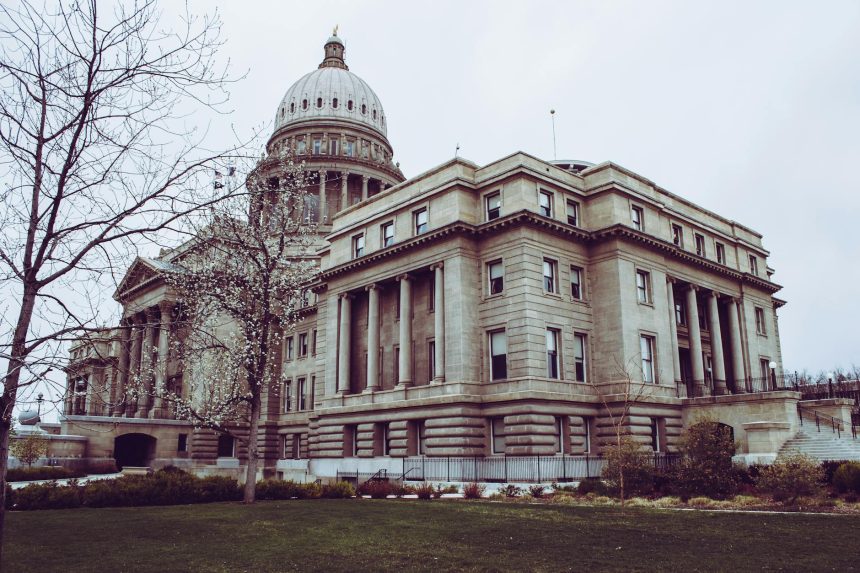longest-us-government-shutdown
Longest US Government Shutdown: 5 Shocking Facts You Need to Know
The United States has a complex system of government, and sometimes, political disagreements can lead to a halt in its operations. This phenomenon, known as a government shutdown, can have profound effects on the nation. Among these, the 2018-2019 event stands out as the longest US government shutdown in history, lasting an unprecedented 35 days. This article delves into the critical details of this historic event, examining its causes, consequences, and broader implications for the American public and federal workers.
Understanding the Longest US Government Shutdown of 2018-2019
The 2018-2019 federal government shutdown, spanning from December 22, 2018, to January 25, 2019, holds the record for duration. It significantly impacted federal agencies and millions of Americans. Understanding the nuances of this extended budget impasse is crucial to grasping the fragility of governmental operations when political will falters.
What Triggered the Budget Impasse?
The primary catalyst for this record-setting shutdown was a dispute over border security funding. President Donald Trump insisted on $5.7 billion for the construction of a wall along the U.S.-Mexico border, a demand that congressional Democrats vehemently opposed. Without an agreement on the twelve annual appropriations bills, or a continuing resolution, funding for several government departments expired, triggering the shutdown.
The Timeline: How 35 Days Unfolded
The shutdown began just before Christmas, leaving many federal employees uncertain about their holiday pay. As weeks passed, the stalemate intensified, with negotiations between the White House and Congress repeatedly breaking down. Public pressure mounted as the effects became more visible, ultimately leading to a temporary agreement to reopen the government without a long-term resolution for border funding.
Who Was Affected by the Federal Government Shutdown?
The ripple effects of the shutdown were extensive, touching various segments of society:
- Federal Employees: Approximately 800,000 federal workers were either furloughed or required to work without pay. This included employees from the Departments of Homeland Security, Justice, State, Agriculture, Commerce, Housing and Urban Development, Interior, and Treasury.
- Contractors: Thousands of federal contractors also faced financial hardship, as their contracts were suspended without pay and, unlike federal employees, they were not guaranteed back pay.
- Public Services: Key services, from national park maintenance to food safety inspections, were curtailed or halted entirely, creating inconveniences and potential risks for the public.
The Far-Reaching Impact of Government Shutdowns
Beyond the immediate disruption, the impact of government shutdowns, particularly one as prolonged as the longest US government shutdown, extends into economic stability, public trust, and the morale of the federal workforce. These events underscore the critical role of a fully functioning government.
Economic Repercussions: More Than Just Numbers
The economic toll of the 2018-2019 shutdown was substantial. The Congressional Budget Office (CBO) estimated that the shutdown reduced real GDP in the fourth quarter of 2018 by $3 billion and in the first quarter of 2019 by $8 billion. This was due to lost federal worker output and reduced demand from those who went without pay. You can review the CBO’s detailed analysis on the effects of the January 2019 shutdown on real GDP here.
Public Services and National Security
Essential services, while maintained, often operated with reduced staff, creating backlogs and potential vulnerabilities. Non-essential services, like some environmental protections and economic data collection, ceased entirely. The shutdown also raised concerns about national security, as key agencies faced operational challenges. The full scope of legal and policy issues surrounding government shutdowns is complex, as highlighted in reports by the Congressional Research Service.
Morale and Long-Term Consequences for Federal Workers
The uncertainty and financial strain placed on federal employees during the shutdown led to significant morale issues. Many struggled to pay bills, and some sought alternative employment. This stress can have lasting effects on recruitment, retention, and the overall efficiency of the federal workforce, impacting government capacity long after operations resume.
A Brief History of US Government Shutdowns
While the 2018-2019 event was the longest, government shutdowns are not a new phenomenon in American politics. They typically arise from disagreements over the federal budget and the appropriations process. Understanding this history provides context for current and future challenges.
Notable Past Shutdowns
Prior to 2018-2019, other significant shutdowns included:
- 1995-1996 Shutdowns (21 days): Two shutdowns occurred during President Bill Clinton’s administration, primarily over budget cuts proposed by congressional Republicans.
- 2013 Shutdown (16 days): This shutdown, under President Barack Obama, was fueled by Republican efforts to defund the Affordable Care Act.
- 1970s and 1980s: Numerous shorter shutdowns occurred before the legal framework for government funding became more formalized.
The Legislative Process and Appropriations
A government shutdown occurs when Congress fails to pass legislation funding government operations, typically in the form of appropriations bills, by the start of the new fiscal year (October 1) or when a temporary funding measure (continuing resolution) expires. This intricate congressional budget process is designed to ensure fiscal responsibility but can become a battleground for political differences.
Preventing Future Budget Battles and Shutdowns
The experience of the longest US government shutdown highlights the urgent need for mechanisms to prevent such disruptive events. Bipartisan cooperation and structural reforms are often cited as potential solutions.
Reforms and Bipartisan Solutions
Proposals for preventing future shutdowns often include reforms to the appropriations process, such as moving to biennial budgeting (a two-year budget cycle) or implementing automatic continuing resolutions that would prevent a funding lapse if a new budget isn’t passed on time. Emphasizing bipartisan negotiation and compromise remains paramount to avoiding these costly impasses.
The Role of the Debt Ceiling
While distinct from a government shutdown, the debt ceiling also represents a critical point of potential fiscal crisis. A failure to raise the debt ceiling would prevent the U.S. from paying its existing obligations, leading to a default. Both issues underscore the need for responsible fiscal governance and robust political dialogue to protect the nation’s economic stability.
The longest US government shutdown serves as a stark reminder of the consequences when political gridlock paralyzes essential government functions. Its impact on federal workers, public services, and the national economy was undeniable. Moving forward, a commitment to constructive dialogue and effective legislative processes is essential to prevent such disruptive events from recurring.
Share your thoughts on the impact of government shutdowns in the comments below!
Explore the unprecedented 35-day Longest US Government Shutdown of 2018-2019. Uncover its causes, severe economic and social impacts, and how it affected hundreds of thousands of federal workers and public services.
Featured image provided by Pexels — photo by Brett Sayles







